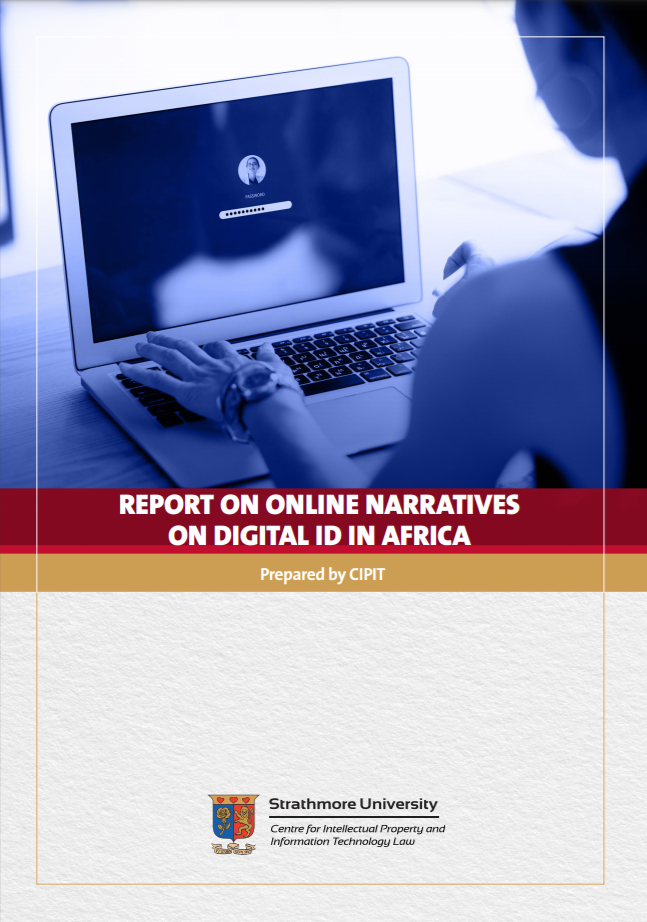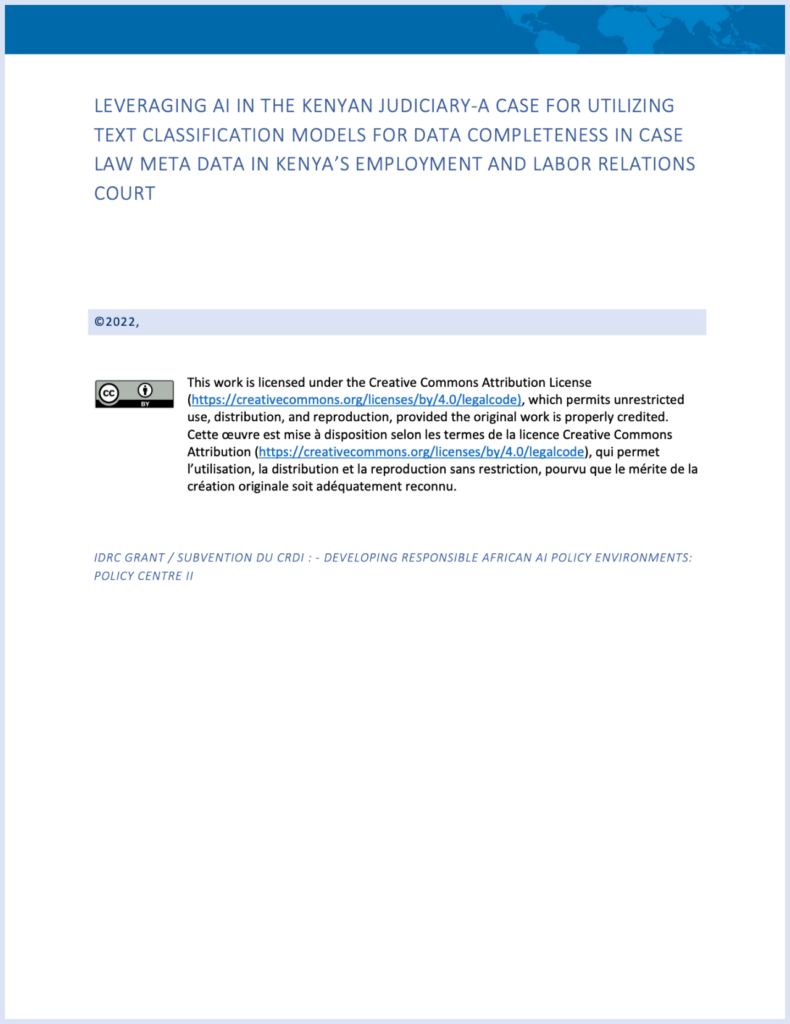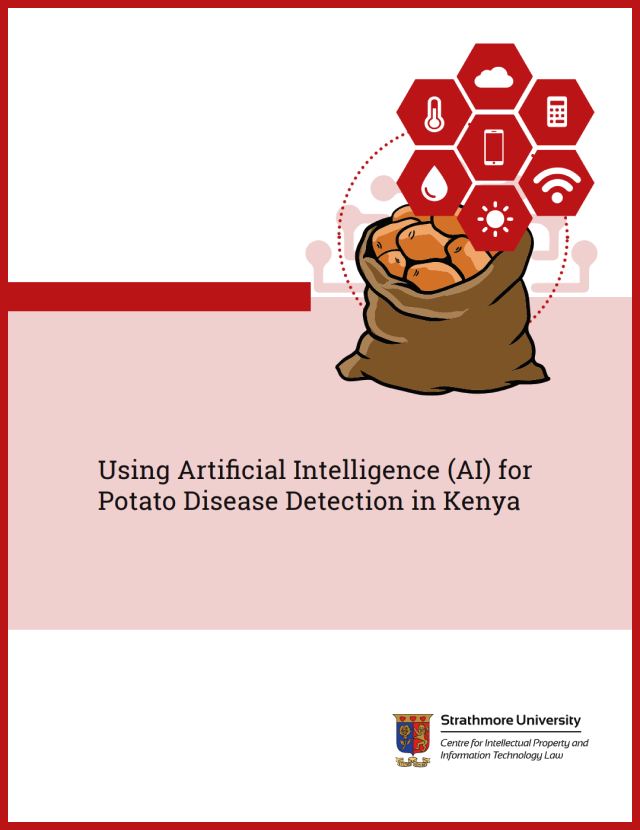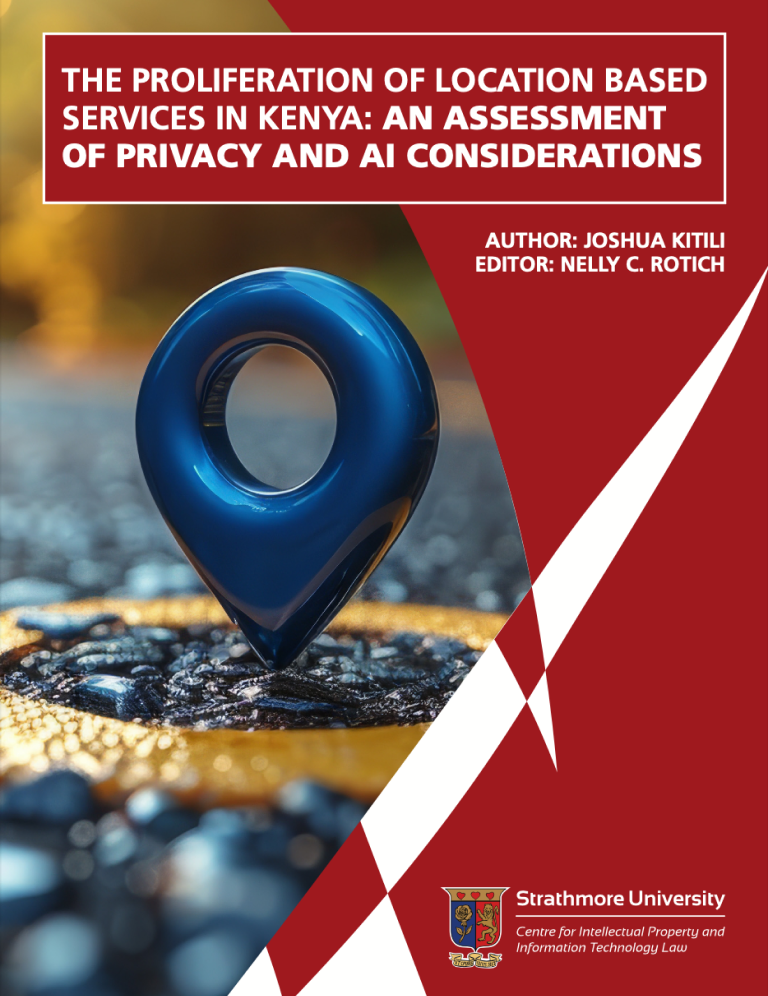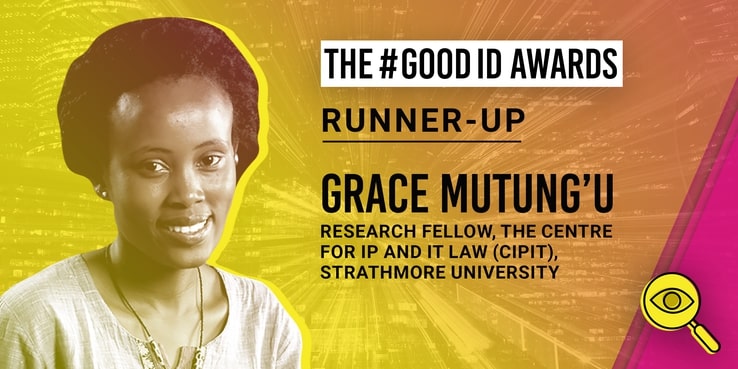Digital Identity: The Appropriate Use Of Digital Identity
Period: 2019-2020
Partner: OMIDYAR NETWORK DIGITAL IDENTITY PROGRAM
About the project
CIPIT will undertake research on when private and public sector service providers should ask individuals to produce an identity document.
Read more about this project here.
Report on Kenya’s Identification Ecosystem
The report on Kenya’s Identity Ecosystem provides an overview of the main identification systems used to manage development, and an in-depth exploration of three that are vital to Kenyans’ participation in political and economic life. The report was researched and written by Emrys Schoemaker (Caribou Digital), Tom Kirk (London School of Economics) and Isaac Rutenberg (CIPIT).
The research for the report was funded by Australia’s Department for Foreign Affairs and Trade as part of their support to the Commonwealth Heads of Government Meeting to strengthen access to digital ID for women and girls.
The full report is available here, and an interactive ecosystem map is here.

